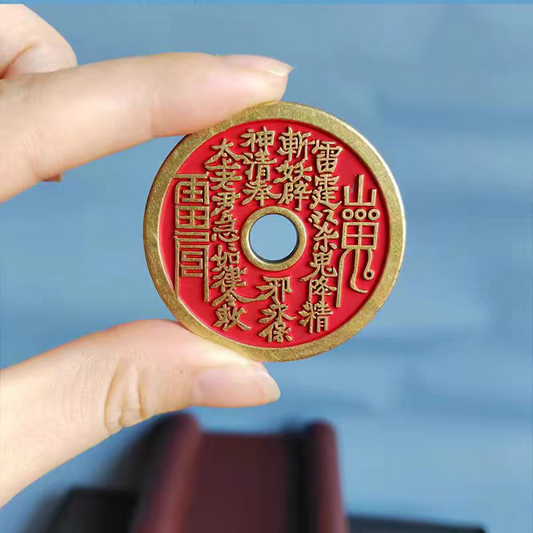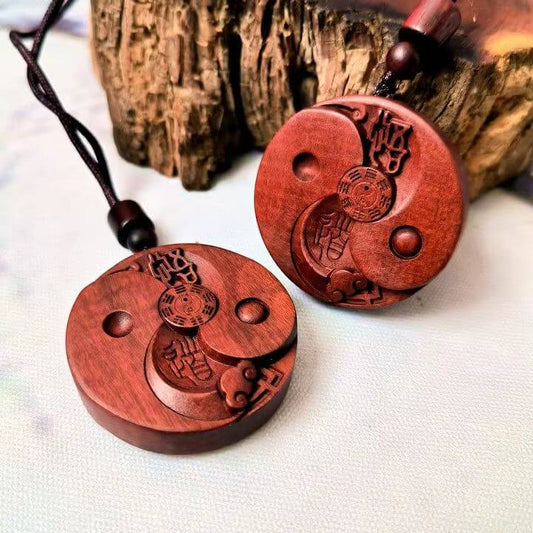
The history of Taoist ritual of fasting and offering sacrifices
paulpengShare
The history of Taoist ritual of fasting and offering sacrifices (Zhaijiao Keyi) has a long history and can be traced back to ancient sacrificial activities at the earliest. The following are the main stages of its historical development:

1. Eastern Han Dynasty: At the beginning of the birth of Taoism, there were simple Zhaijiao rituals such as praying to heaven and expressing gratitude. When Zhang Daoling founded the religion, he taught some methods of fasting and sacrifice, making the Zhaijiao Keyi begin to take form.
2. Eastern Jin Dynasty and Southern and Northern Dynasties: Through the deduction of Taoists from the Shangqing School and the Lingbao School, the Zhaijiao Keyi gradually formed a complete set of rituals and procedures.
3. Sui and Tang Dynasties: The Zhaijiao Keyi became prevalent along with the development of Taoism. Emperor Xuanzong of Tang personally participated in the Zhaijiao activities and created the Zhaijiao musical scores.
4. Song and Yuan Dynasties: The Zhaijiao Keyi was further developed and perfected during this period. At the time of the Jin and Yuan Dynasties, various Taoist schools all had the affairs of presiding over the Zhaijiao.
5. Ming and Qing Dynasties: Taoism gradually declined, and the Zhaijiao Keyi still spread among the people, but many large-scale rituals were lost due to inability to undertake them, and the small-scale rituals were more simplified to meet the needs of the masses.
6. Modern times: The "Huanglu Keyi" reorganized by Lou Jingyuan in the Qing Dynasty became a model of modern rituals.
In the development process of the Zhaijiao Keyi, different Taoist schools and regions have formed their own unique rituals and styles. At the same time, the Zhaijiao Keyi has also been deeply influenced by ancient Chinese culture, philosophy, and religious thought, and has become an important part of Taoist culture.









